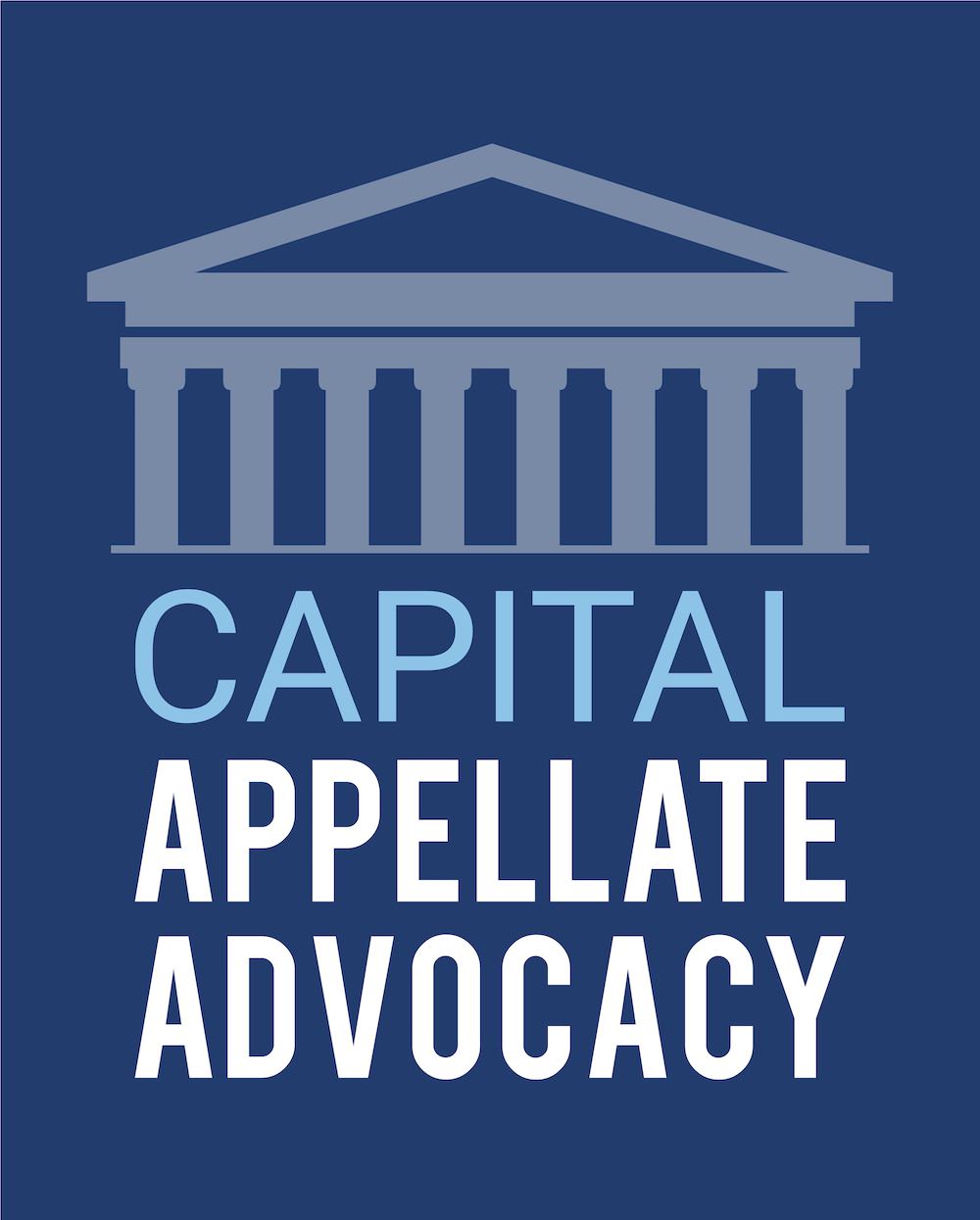The following Op-Ed, published in Law360 on October 9, 2020, was written by Atlantic Legal Foundation Senior Vice President & General Counsel and Capital Appellate Advocacy founder Larry Ebner.
Amicus curiae, or friend of the court, briefs have become a routine part of federal appellate practice. Hundreds of them are filed every year in the U.S. Supreme Court to support petitions for a writ of certiorari, or to address the merits of cases that the court has agreed to hear. And many national nonprofit organizations, both pro-business and otherwise, are amicus brief frequent filers in the Supreme Court and federal and state courts of appeals.
As an appellate attorney who has authored dozens of amicus briefs, and who also has written about the strategic use of amicus briefs, I have some strong views about their content, style and utility. This is why I was so interested to read the Oct. 2 in-chambers order issued by U.S. Circuit Judge Michael Scudder of the U.S. Court of Appeals for the Seventh Circuit granting leave for three organizations — the Washington Legal Foundation, the U.S. Chamber of Commerce and the Illinois Environmental Regulatory Group — to file amicus briefs supporting the defendant-appellee in Prairie Rivers Network v. Dynegy Midwest Generation LLC.[1]
Ordinarily, private party amicus briefs are filed without the need for a motion, because the parties on both sides have consented.[2] In Prairie Rivers, however, the appellant objected, “asserting that each brief does nothing more than parrot [Appellee] Dynegy’s arguments and waste the court’s time.”[3]
The Seventh Circuit, more than any other federal court of appeals, scrutinizes contested amicus filings, and sometimes denies leave to file a proposed amicus brief on the ground that it too closely repeats the supported party’s arguments. Nonetheless, Judge Scudder in Prairie Rivers issued an order not only granting leave to file each of the three amicus briefs, but also taking advantage of the opportunity by discussing the standards that he believes amicus briefs should meet.
According to Judge Scudder,
“Nobody benefits from a copycat amicus brief and indeed our practice is to reject them. … Rather, a true friend of the court will seek to add value to our evaluation of the issues presented on appeal. … The point, of course, is that an amicus curiae brief should be additive—it should strive to offer something new, different, and important.”[4]
It is difficult to argue with this view. In fact, Supreme Court Rule 37.1 states that:
“An amicus curiae brief that brings to the attention of the Court relevant matter not already brought to its attention by the parties may be of considerable help to the Court. An amicus curiae brief that does not serve this purpose burdens the Court, and its filing is disfavored.”
Although avoiding replication is a worthy goal, saying something different than the supported party — and also something different than other amicus briefs — can be a challenge, especially where the supported party’s brief is both well written and comprehensive. As a practical matter, the best way to avoid drafting what is tantamount to a redundant amicus brief is for amicus counsel to confer, as far in advance as possible, with counsel for the supported party to solicit suggestions for additional or different points to address.
This type of counsel-to-counsel consultation is perfectly ethical. Mere suggestions from the supported party or its counsel on what topics an amicus brief might discuss is not party authorship subject to disclosure.[5] In fact, the 2010 Advisory Committee Notes regarding the party authorship disclosure rule in the Federal Rules of Appellate Procedure state that “coordination between the amicus and the party whose position the amicus supports is desirable, to the extent that it helps to avoid duplicative arguments.”
Counsel who desire and solicit amicus support in an appeal should keep the need to avoid duplication in mind. I have found that the most helpful thing counsel soliciting amicus support can do is to identify for amicus counsel additional or different arguments, topics or approaches that each prospective amicus brief could address.
Judge Scudder lists some of these generically in his order. They include, for example, “[e]xplaining the broader regulatory or commercial context in which a question comes to the court,” “[p]roviding practical perspective consequences of potential outcomes,” and “[i]dentifying how other jurisdictions — cities, states, or even foreign countries — approach one or another aspect of a legal question or regulatory challenge.”[6]
In my experience, one of the best ways to introduce these types of topics is to make good use of the “Interest of the Amicus Curiae” section that must be included at the beginning of every Supreme Court and federal court of appeals amicus brief. This section should not merely recite a boilerplate description of the organization submitting the amicus brief. Instead, it should convey the organization’s perspective, by explaining why the case and/or issue is important to its mission and members or supporters.
Unfortunately, for some attorneys handling appeals, amicus briefs are just a numbers game — presumably, the more the better. For example, the conventional wisdom, apparently bolstered by statistical evidence, is that Supreme Court certiorari petitions have a better chance of being granted if supported by multiple amicus briefs and/or amici curiae.
Although a U.S. Court of Appeals for the D.C. Circuit local rule requires amici to join together in a single brief “to the extent practicable,”[7] in my view, there generally is nothing wrong with a large number of amicus briefs being filed in a case. In fact, I believe that a multiplicity of amicus briefs can be helpful to an appellate court — provided that the briefs do not duplicate each other. For this reason, the supported party’s counsel should not merely solicit amicus briefs, but also do whatever possible to coordinate their content to avoid, or at least reduce, overlap.
This leads me to a final point about Judge Scudder’s order, which states as follows: “Nor should amicus briefs serve only as a show of hands on what interest groups are rooting for what outcome.”[8] Although I certainly concur that duplicative amicus briefs should be avoided, I disagree with the order’s implication that it somehow is undesirable for a trade association, public interest group or even individuals to express their interest in an appeal by filing an amicus brief, either singly or jointly with co-amici.
The more important the issues in an appeal, the more likely it is to attract broad interest. Amicus curiae briefs afford interested parties that are not litigants in an appeal the opportunity to speak directly to an appellate court — and hopefully to provide helpful perspective, legal arguments, policy considerations and non-adjudicative factual information. The Supreme Court rules and Federal Rules of Appellate Procedure open the courthouse doors to a wide diversity of viewpoints expressed through the filing of well-crafted, nonduplicative amicus briefs.
I know from firsthand experience that researching and drafting a well-written, informative and persuasive amicus brief requires a substantial effort. In most circumstances, there is no reason to deny a timely motion for leave to file an amicus brief that complies with the letter and spirit of the rules. Such amicus briefs should be encouraged, welcomed, and carefully considered by appellate courts.
[1] Prairie Rivers Network v. Dynegy Midwest Generation LLC, No. 18-3644. See Law360, 7th Circ. Judge Allows Pro-Biz Amicus Briefs In Pollution Row (Oct. 6, 2020).
[2] See Sup. Ct. R. 37.2(a) & (b), 37.3(a) & (b); Fed. R. App. P. 29(a)(2).
[3] Order at 2.
[4] Id. at 3, 4.
[5] See Sup. Ct. R. 37.6; Fed. R. App. P. 29(a)(4)(E).
[6] Order at 3,4.
[7] D.C. Cir. R. 29(d).
[8] Order at 3.

